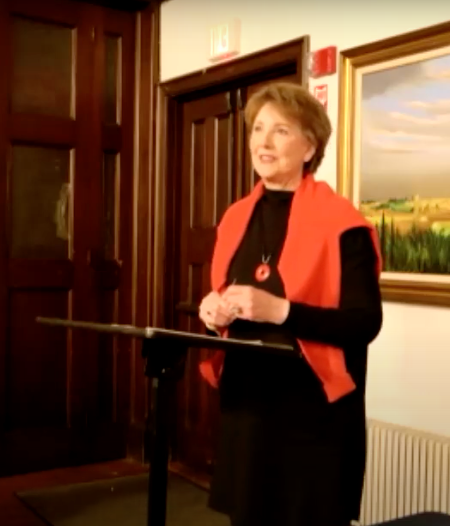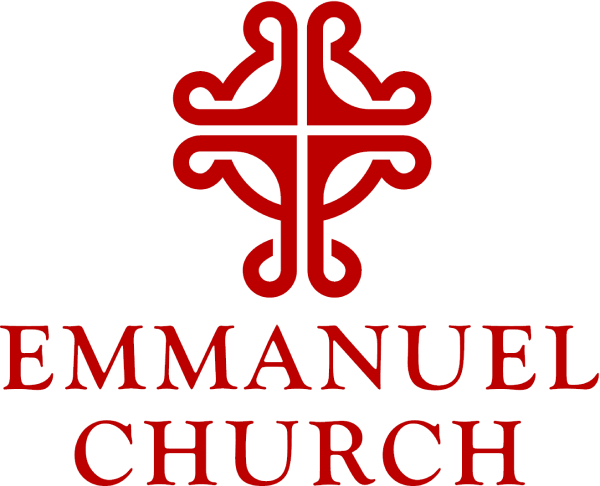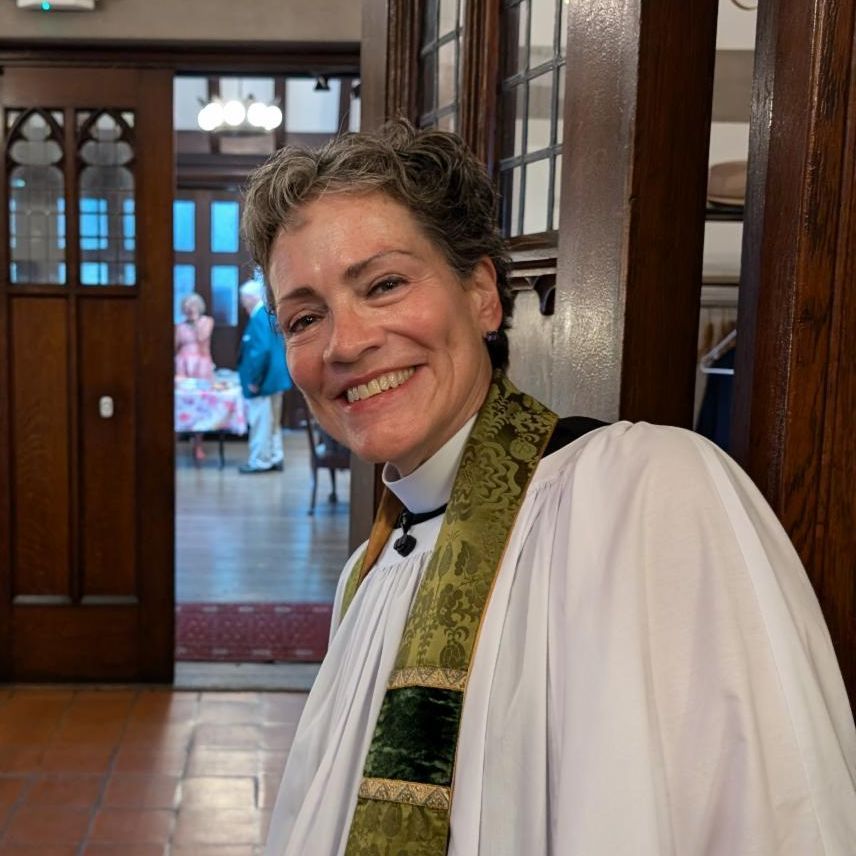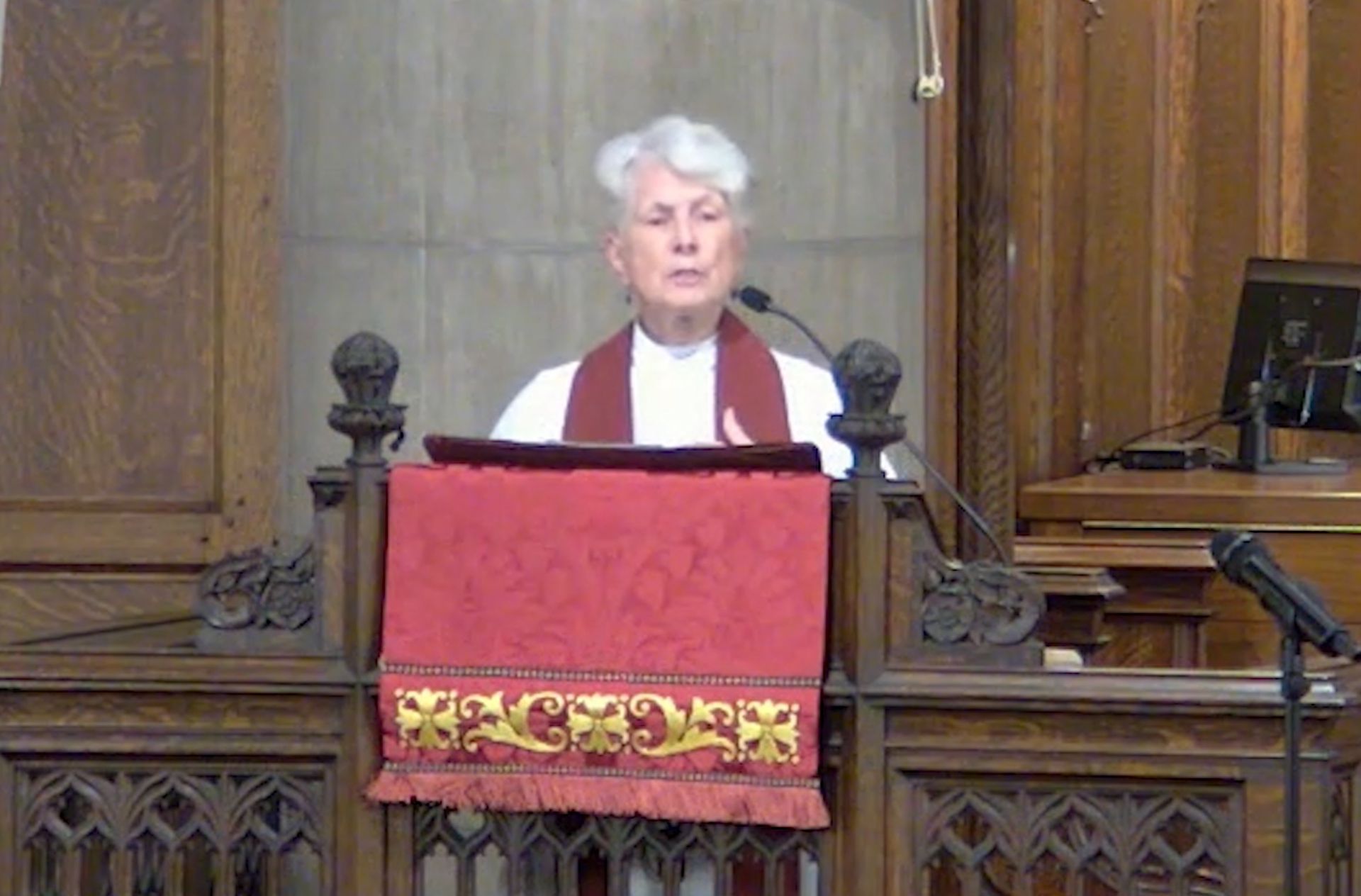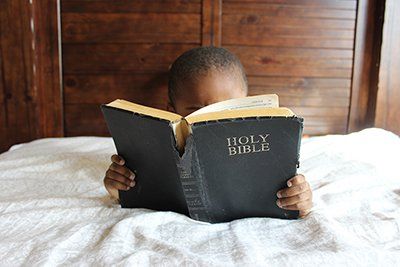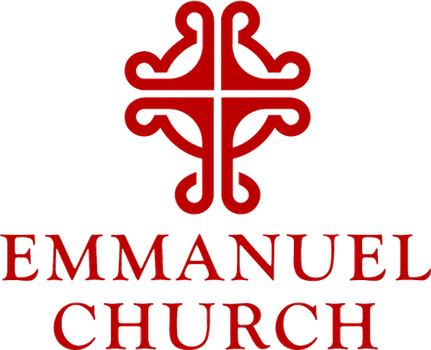Weaving Lessons
Sermon for the Sunday of the Passion or Palm Sunday
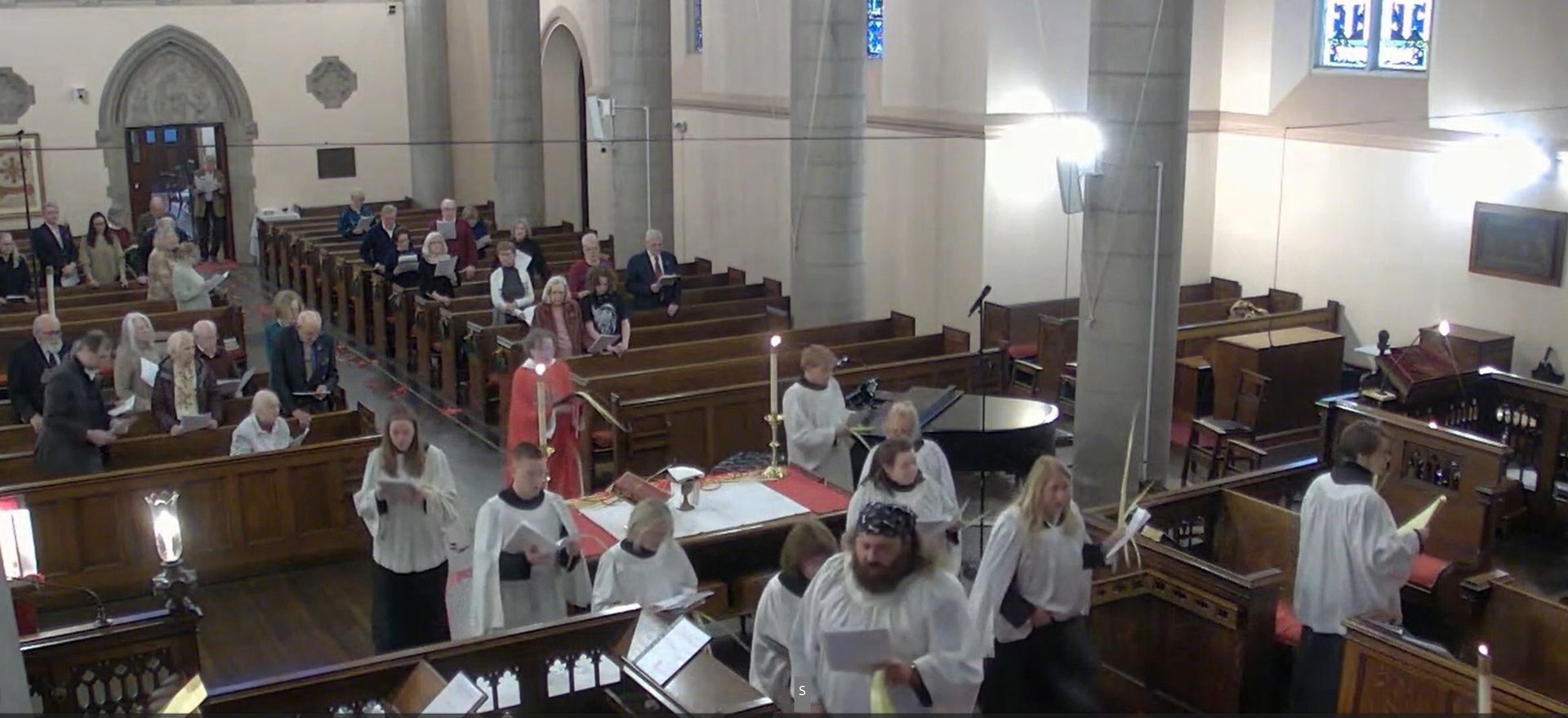
Today is a day of contrast in the church — peaks and valleys of joy and horror, celebration and grief, activity and paralysis, and community and isolation. We begin with the Liturgy of the Palms, from the high point on the Mount of Olives in Bethphage, where Jesus directs his disciples to organize a ragtag, but very enthusiastic, parade. They shout hosannahs and wave palms and leafy branches all the way down to the Garden of Gethsemane, through the Kidron Valley and back up Mount Moriah to the walled city of Jerusalem. We end with the Passion Narrative we just read. Jesus has been crucified on Golgotha, a hill in the granite quarry on Mount Moriah, across the Kidron Valley from Bethphage — the start of the Palm Sunday walk. The Book of Common Prayer calls this day The Sunday of the Passion: Palm Sunday, holding the celebratory enthusiasm of the Liturgy of the Palms in tension with the deep horror of the passion narrative. We read the passion narrative to set the stage for Holy Week, our liturgical journey through the final days of Jesus' life to the wondrous mystery of the Resurrection.
And while we stand now with Jesus’ acquaintances, at a distance, watching these things, as Luke’s passion narrative ends, we really need to return to the beginning of the parade route, back up in Bethphage on the Mount of Olives, to help us understand our role in what comes next. Luke’s gospel’s Liturgy of the Palms reading starts in Jericho, way down in the Jordan Valley. After telling a parable to the crowd, Luke’s gospel tells us, Jesus went on ahead, going up to Jerusalem. This is where things get interesting. While Jesus has been out front throughout his ministry, eating with sinners and crossing boundaries of custom, culture, gender, race, ethnicity, and religion, he reverses things when he gets near Bethphage and Bethany. It’s time for Jesus’ followers to learn to lead, and Jesus sends two of the disciples on ahead. Go into the village ahead of you, Jesus says in Luke’s gospel,
and as you enter it you will find tied there
a colt that has never been ridden.
Untie it and bring it here.
If anyone asks you, 'Why are you untying it?'
just say this, 'The Lord needs it.'"
So those who were sent departed
and found it as he had told them.
This must have been terrifying. As preacher MaryAnn McKibben Dana writes, here are two disciples, sent into a town where they aren’t known, with no reason to think they won’t be arrested as donkey thieves.
Were these disciples expert in parade organization, supply chain management, or even donkey training? Did they have any experience at all in the unprecedented conflict of believing and belonging that was unfolding as they walked that path for the first time? Clearly no. And yet it all happened just as Jesus told them it would. They had been followers until that moment — walking behind Jesus, constantly questioning things that were unfamiliar to them in their lived experience:
Is it really ok to heal on the Sabbath day?
Wait — I thought the rule was we couldn’t eat with tax collectors!
It’s not appropriate for a woman to touch even the hem of your garment,
besides which she’s hemorrhaging and unclean!
All Jesus’ answers, all those examples, and all those parables have equipped the disciples — and us looking on now — to keep following Jesus even when we can no longer see him out front, leading the way. This is just as true for each of us today as it was for the disciples more than 2000 years ago. Just because we’re not familiar with traveling by donkey or the weather in Jerusalem this time of year doesn’t mean that this is not about us. It’s ALL about us, now and always. Preacher Tom Long writes
that is surely one of the reasons we are given the rather odd account of the disciples being sent to fetch a colt for Jesus. Strange, isn’t it, how in the midst of the great and suspenseful drama of Jesus’s entry into Jerusalem, Luke devotes part of the narrative to fussing about this rather peripheral matter of Jesus’ transportation?
But of course this is not a peripheral detail. Our very lives are formed with interwoven, essential details — real in-the-moment, on-the-ground choices of how to live, work, and care for our families and our communities. The good news we’ve been given is how to live them out together in community, loving God with all our heart, mind, and strength, and loving our neighbors as ourselves. We see this in the story of the disciples’ small obedience in organizing the Palm Sunday parade that is performed under the umbrella of Jesus’ great obedience. When they go ahead into the next village to get the colt, they do as they are told and when they do, the ragged and tattered ribbons — all the stray details of their lives — are woven into the great story of redemption. Yes, the Palm Sunday parade ends on Golgotha, as we read in the passion narrative today, with all of us looking on from a distance, frozen in horror. And yet Jesus has shown us the way in our journey on to Easter. It’s made up of small obediences performed under the umbrella of Jesus’ great obedience.
All during Lent, we’ve flown our telltales of affirmation and gratitude on the fence outside— what gives us joy, our favorite parts of the liturgy, our community, and where we live, and last week, what gives us hope. We’ve written our joys and hopes on ribbons of every kind, width, and color — as different in texture and appearance as all of us. After today, we’ll gather up the ribbons along with the red ones we threw down on today’s Palm Sunday parade route through the church. We’ll wash and iron them, and weave them into an Emmanuel welcome flag. Some of you have asked how we’ll get all the different lengths, colors, widths, and textures woven together into one cloth. I can’t tell you how — I just have faith that we will, just as we, with all of our diversity, are woven together into the fabric of our community. It’s not important that the welcome flag woven from our hopes and dreams is uniform. What matters, for the ribbons and for our whole community, is that we’re woven together.
And really — do we know how to do any of this? Build and nurture Emmanuel as the community center Natalie Bayard Brown imagined? Transform this glorious building into a year-round air conditioned home for the whole community? Dream and pray into being the Community Bridge that looks like Ralph Adams Cram himself might have built it? Imagine how to carry all the marvelous things we’ve learned with Randy into our future? No, we don’t know how to do all this any more than I know how we’ll weave the welcome flag from our ribbons, but I have faith that together we can and will. Jesus has told to go on ahead to the next village and tell them the Lord needs it, and Jesus’ great obedience has prepared us for these times. Amen
Sermons

